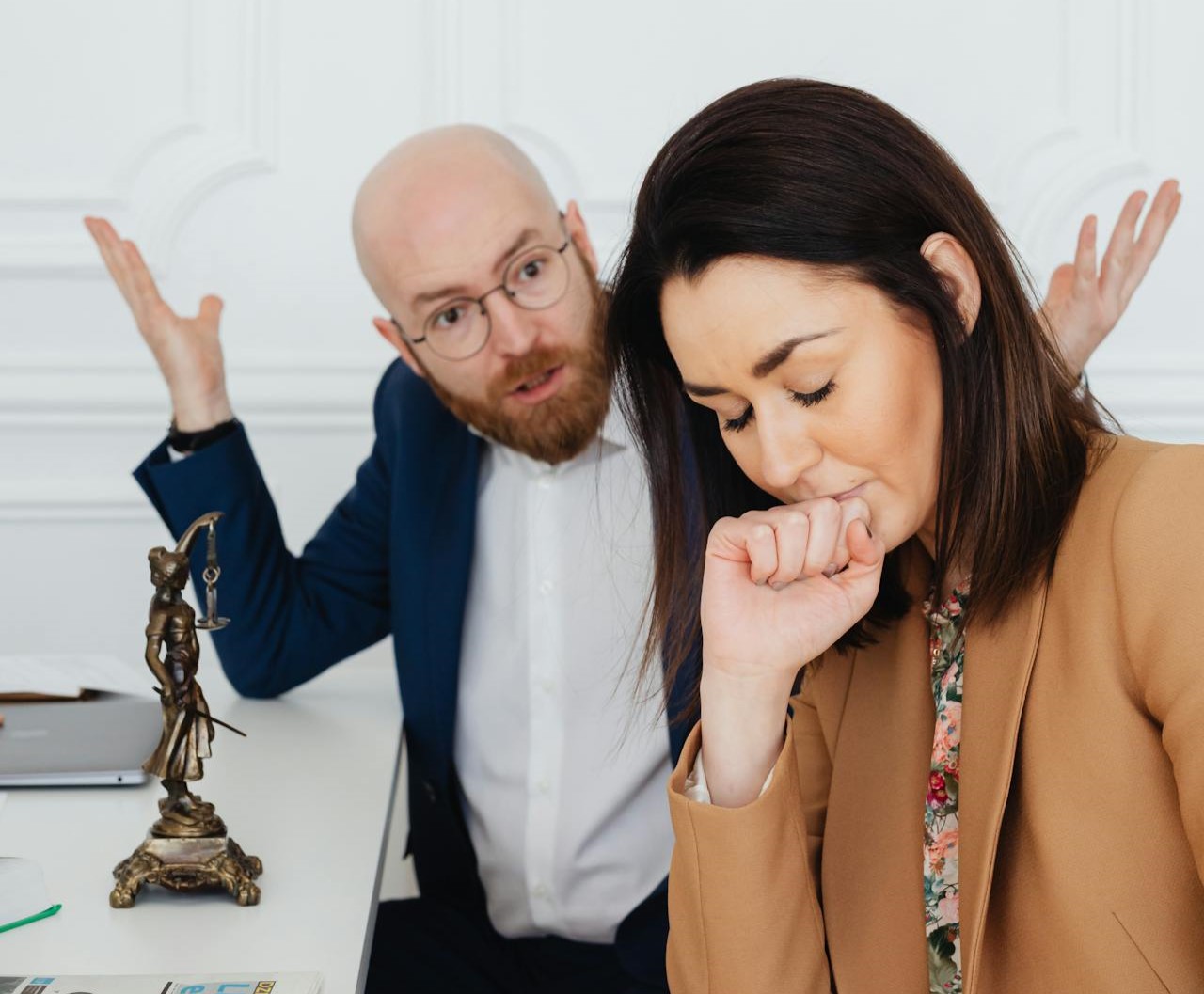News
Carbon Monoxide Seeps Through Walls
Carbon Monoxide is a colorless, odorless and tasteless gas that can only be detected using a detector. Despite the availability of these detectors, every year around 20,000 to 30,000 people still fall ill from accidental carbon monoxide poisoning with roughly 500 fatalities. In order to reduce the amount of people who fall victim to this dangerous gas, more education and awareness about carbon monoxide needs to be distributed. In a new study, researchers discovered that carbon monoxide could pass through gypsum wallboards, also called drywall, which is frequently used to finish off walls and ceilings in homes, quite easily.
In this study, the researchers conducted an experiment in order to test how carbon monoxide moves within a home or between apartments. They discovered that the gas "diffused across single-layer gypsum wallboard of two thickness, double-layer wallboard and painted double-layer wallboard." The fact that carbon monoxide can pass through walls and enter rooms that might not have carbon monoxide detectors could explain why so many people fall ill from accidental exposure to the gas. In this report, the researchers also detailed how carbon monoxide is regulated in the United States, recommending that more guidelines might need to be placed to ensure of people's safety.
The researchers stated that currently only 25 states mandate residents to install a carbon monoxide alarm. However, in December 2012, 10 of these states made exceptions for certain situations. These states exempted residents who did not have an internal source that produces carbon monoxide. Internal sources that could be responsible for carbon monoxide production include a gas stove, fireplace or an attached garage where a car might have been left on. Although this decision allowed people to avoid buying a carbon monoxide detector, it also worried toxicologists who believed that exemptions would make people less aware of their surroundings and potential risk of poisoning.
"If your neighbor is going to bring a charcoal grill into their unit, they can poison you that way," commented a Emeritus Physician with the Virginia Mason Center for Hyperbaric Medicine located in Seattle, WA, Neil B. Hampson according to Forbes. Hampson is the lead author of this report. "Exempting units that don't have an internal source of carbon monoxide, I think, is the wrong thing to do."
Based from this new study, since carbon monoxide can travel between walls, it can enter homes where there are no alarms to warn the residents of the presence of the gas, resulting in more illness or even death. The researchers remind people to be aware of this potential danger. Even when states require carbon monoxide alarms be installed, it does not mean that every alarm works. Therefore, it is important to check the detectors and remain safe. The report was published in the Journal of the American Medical Association (JAMA).








Join the Conversation